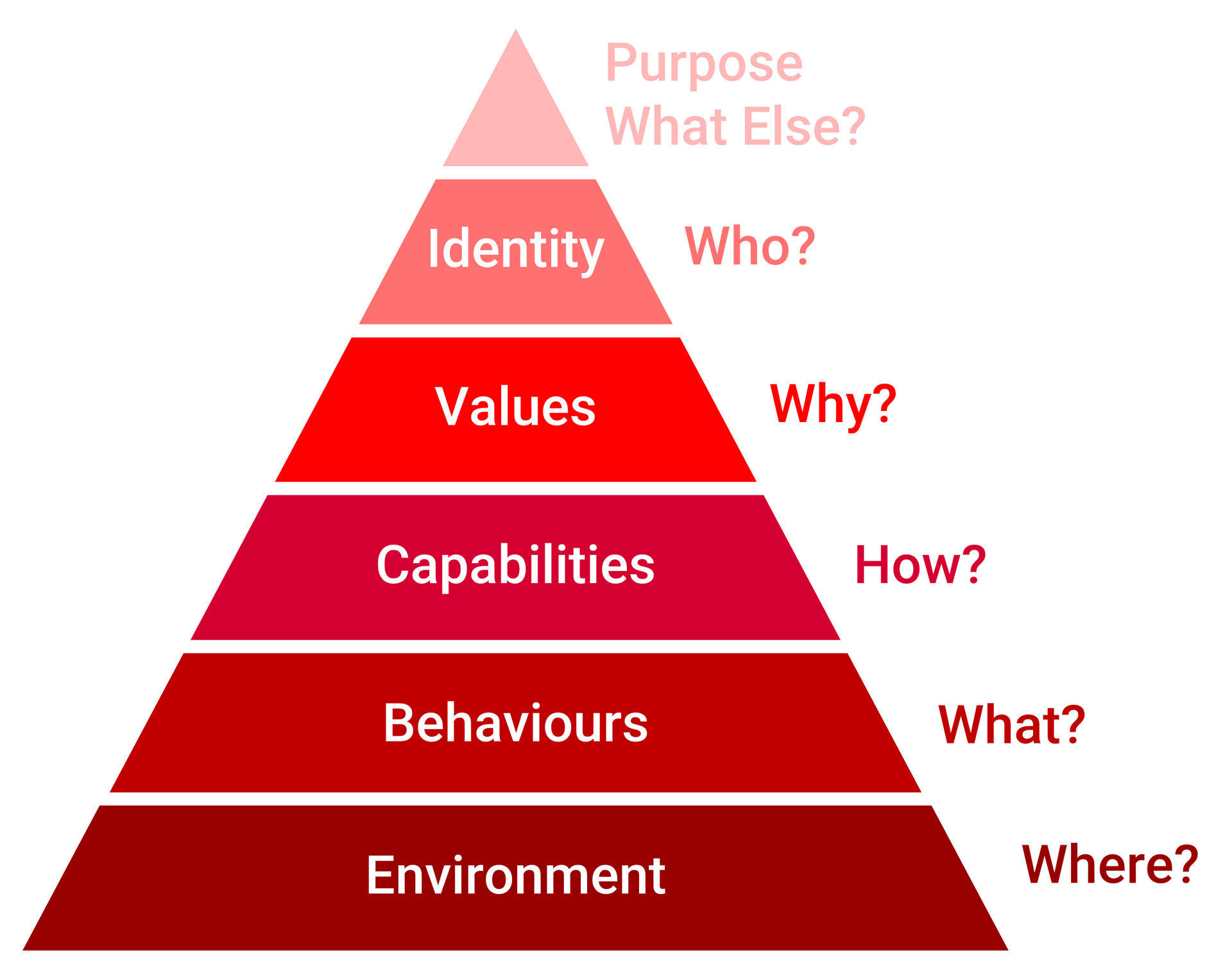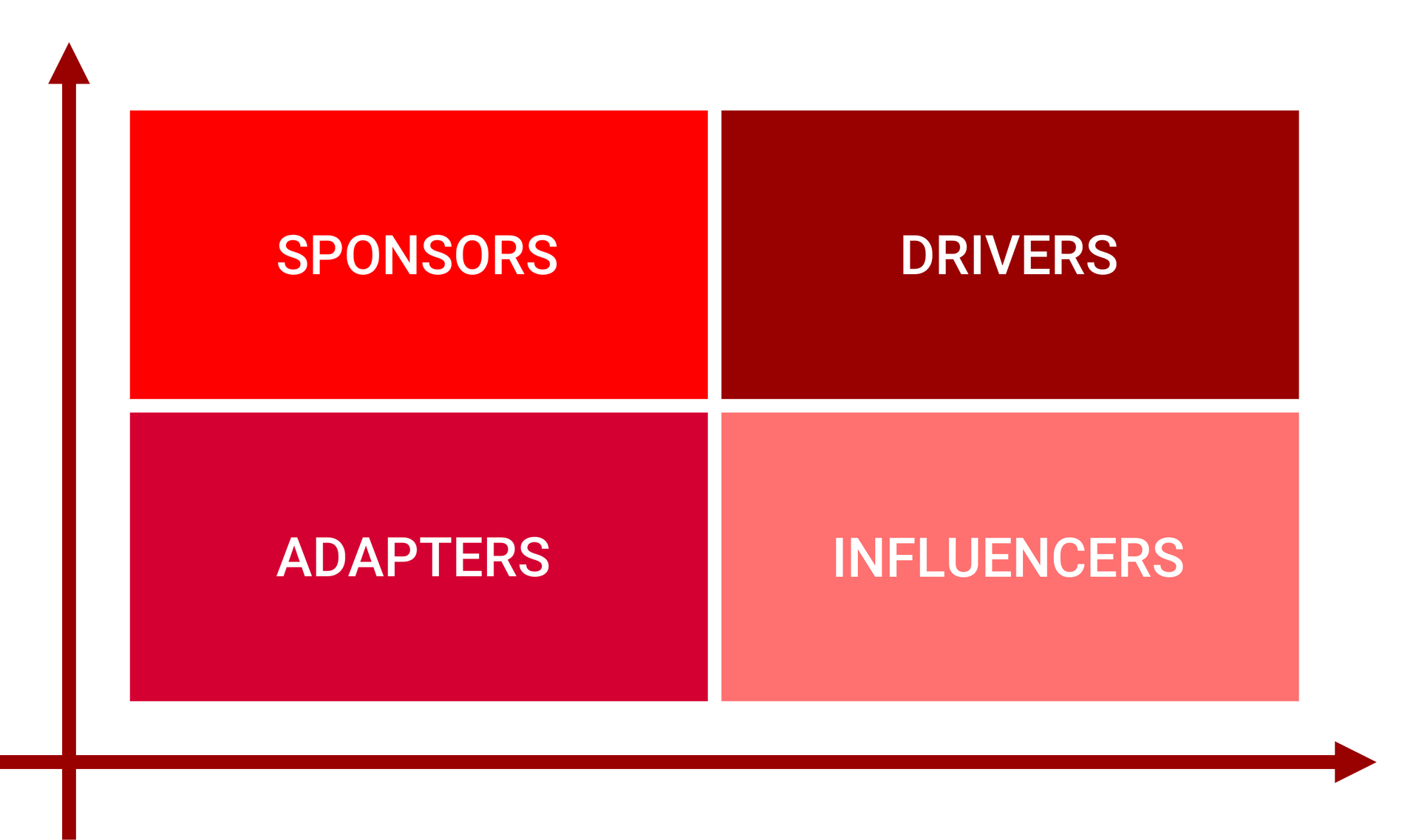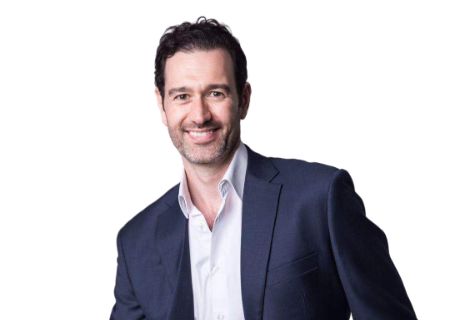Change Management - Planning
Having completed a detailed Initiation activity, we now have to create the enabling mechanism that will support the institutionalisation of the change initiative within the company.
At Cambridge MC, we take the planning phase seriously, undertaking a comprehensive analysis of the project leadership landscape, timelines, milestones, and key performance indicators that will be used to support project delivery. An effective planning activity not only minimises disruptions, but also fosters a culture of adaptability and continuous improvement.
In this article, we will go through the four basic tenets of any Change Management strategy, specifically to develop a comprehensive enablement landscape:
- Embedding Change Methodology (Logical Levels)
- Change Architecture Development
- Change Leadership Landscape
- Organisation Engagement and Enabling
Embedding Change - Logical Levels
The true value of change lies in its’ successful institutionalisation. For change to be effective and sustainable, it must become ingrained in the organisation's culture, processes, and systems.
To achieve this goal, Dilts' 'Logical Levels' model provides a useful structure for securing the institutionalisation of change. Dilts delineates six interrelated levels influencing human behaviour and their relationship to embedding change.
Change efforts are most effective when addressed at higher levels of the behavioural framework. This is dependent upon the scale of the change being implemented, and the degree to which it will impact the nature of the organisation, e.g. changes in Environment or Behaviours may only result in superficial change.
When undertaking significant organisational change, it is important to address the purpose of your business, and to support the evolution of the company’s mission. Through this process, you challenge the legacy assumptions that underpin the operational framework of the business, comparing how things are currently done vs. how they should be. We also review how employees relate to the business and the roles they fulfil in delivering the company vision.
In addressing the
purpose of the business, we create a context for change to
empower Change Leadership and the creation of the Change Team.

Change Leadership Mapping
To be successful, Change Leadership is required at all levels of the change activity. Change leaders need to be role models throughout the duration of the project, demonstrating their commitment to the activity, fostering collaboration, and maintaining the beating drum of communications, i.e. why the change is required and how the future state positively impacts the business.
A typical Change Leadership map would include the following participant types:

- Sponsors: typically a senior executive within the organisation, the role of the sponsor is to legitimise the change activity
- Drivers (Change Agents): tasked with planning and implementing the change activity across the whole business
- Influencers: hold sway over the team and its approach to the project; can either be a source of impetus to the activity or a negative impact
- Adapters: includes everyone who will have to adapt to the change
We can help you to identify and categorise the change leadership map, developing a seamless top-down / bottom-up communication and management structure.
Once we understand the nature of the change leadership map, we can develop the enabling tools and systems required to support the delivery teams.
Change Team Enabling
Change team enablement focuses on empowering the change leadership team with the necessary resources, skills, and support to navigate project challenges. This includes training on change methodologies, communication techniques, and leadership skills. By investing in the development and empowerment of the change team, we are increasing the likelihood of change success and improving workforce agility.
Change Team Engagement
- Solution design workshops
- Townhalls and feedback activities
- Transferring project ownership
Change Team Training
- Providing PMO Support
- Know-how training (tools/systems)
- Use Case simulations
Change Agent Communication Strategy
- Communication content definition
- Communication scheduling
- Formal progress communication
Rewards & Recognition
- Develop motivation systems
- Celebrate Successes
- Bonuses for modelling desired behaviour
Change Architecture
We have now defined how we will embed the change, identified the team tasked with delivery and developed the tools required to move the project forward. Before signing off our planning activity and moving towards execution, we need to create an overview of the project, also known as the Change Architecture.
The Change Architecture provides a blueprint for the project, taking a helicopter view of critical milestones:
- Timelines
- Workflows
- Impacted Process Groups
- Dependencies
- Communication Plan
A project blueprint helps provide an initial structure and framework to guide change agents towards key milestones, and provides a North Star for change leadership.
This brings us to the completion of our planning activity, in which we outlined how to create a collaborative environment where individuals feel valued, informed, and capable of navigating the transformation process.
Cambridge MC has expertise across the value creation landscape and is ideally positioned to support your next change project.
Stay tuned for the next phase of our Change Management path – Execution
Contact us using the form below to identify how our Change Management methodology can act as the critical enabling mechanism to support your project's success.
About Cambridge Management Consulting
Cambridge Management Consulting (Cambridge MC) is an international consulting firm that helps companies of all sizes have a better impact on the world. Founded in Cambridge, UK, initially to help the start-up community, Cambridge MC has grown to over 150 consultants working on projects in 20 countries.
Our capabilities focus on supporting the private and public sector with their people, process and digital technology challenges.
For more information visit
www.cambridgemc.com or get in touch below.
Contact - Africa
Subscribe to our insights
Blog Subscribe











